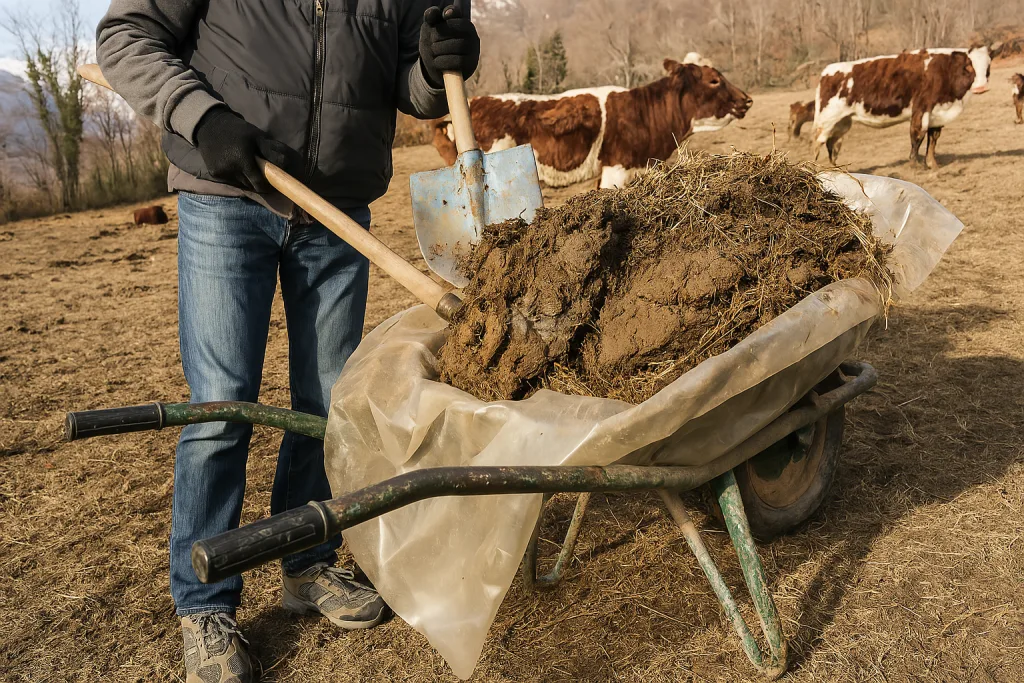Japan Turns Cow Waste into Clean Hydrogen: How a Hokkaido Town Is Powering the Future with Manure
In a rural corner of Hokkaido, Japan’s northernmost island, a quiet revolution is underway—one powered not by oil or solar panels, but by cow manure.
The Shikaoi Hydrogen Farm, established in 2015, is turning dairy farm waste into clean hydrogen fuel, producing enough daily to power everything from forklifts and farm tractors to municipal vehicles. This bold blend of agricultural innovation and renewable energy isn’t just cutting carbon emissions—it’s reshaping how we think about waste, energy, and the future.

From Cow Pats to Hydrogen Tanks: How It Works
Hokkaido is the heart of Japan’s dairy industry, responsible for nearly 50% of the nation’s milk—and as a result, it generates over 20 million tonnes of cow manure annually. Normally, that waste could emit harmful methane gas and pollute waterways. But in Shikaoi, it’s a fuel source.
At the hydrogen farm:
- Manure is processed in an anaerobic digester, where bacteria break down organic waste without oxygen.
- The breakdown produces biogas, which contains methane.
- That methane is then purified and refined into hydrogen.
- The result? Roughly 70 cubic meters of hydrogen per day—enough to run 28 hydrogen vehicles daily.
Who’s Using It?
The hydrogen doesn’t just sit in tanks. It fuels:
- Hydrogen-powered cars and trucks
- Tractors and farm equipment
- Forklifts
- Local municipal service vehicles
These hydrogen fuel cell engines emit zero carbon, making them ideal for industries looking to shrink their environmental footprint.
Why It Matters
Conventional hydrogen production often relies on fossil fuels, which defeats the purpose of going green. But Shikaoi’s approach flips the script by:
- Reducing methane emissions
- Preventing water pollution
- Providing clean, decentralized fuel
- Cutting waste from the dairy industry
It’s a working model of the circular economy: using the byproduct of one sector to fuel another, all while minimizing harm to the planet.
The Bigger Picture: Japan’s Hydrogen Ambitions
Shikaoi isn’t alone. Fukuoka, another Japanese city, has been converting human sewage into hydrogen, showcasing the nation’s commitment to resource-based innovation.
Japan has set ambitious climate goals, aiming for net-zero emissions by 2050. Projects like this provide proof-of-concept that large-scale hydrogen infrastructure can be rooted in something as humble as a barnyard pile.
Roadblocks and Realities
Despite the promise, hydrogen energy still faces headwinds:
- High production and storage costs
- Difficulties in transportation (hydrogen needs high pressure or ultra-cold temperatures)
- Limited fueling infrastructure
But as technology improves and green investments grow, these challenges are being chipped away—especially in countries like Japan, where necessity often drives innovation.
Shikaoi’s cow-powered hydrogen farm is more than a clever science experiment. It’s a living, breathing example of how rural communities can lead the charge toward a cleaner, smarter energy future. With scalability and innovation, projects like this could change how the world powers itself—one cow pat at a time.
I am thinking of homesteading. Can i use this technique with my neighbors cattle ranch?